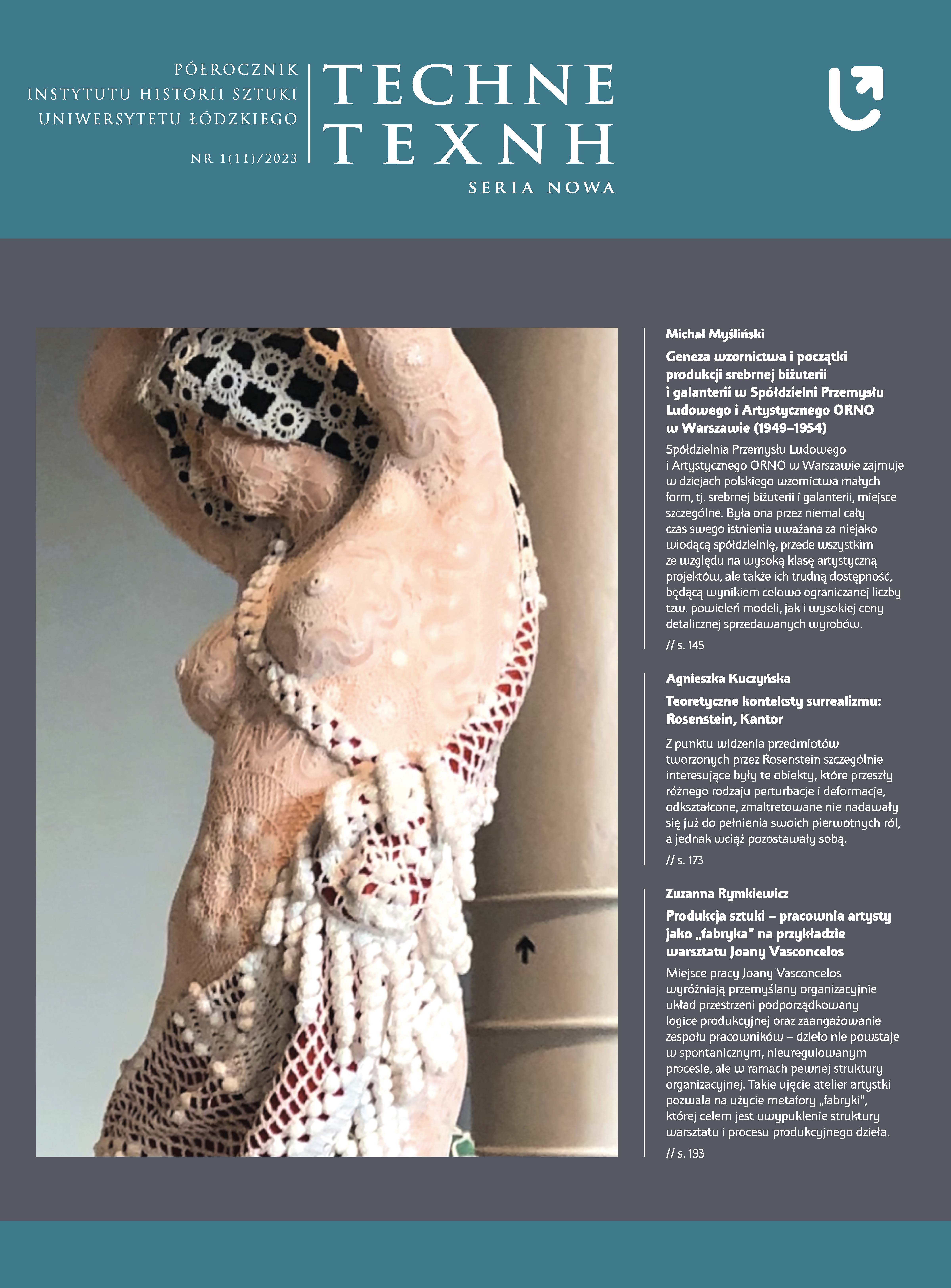Instrumentarium huculskie w sztuce polskiej XIX i XX wieku – wybrane przykłady
Hutsul instruments in Polish art of the 19th and 20th centuries – selected examples
Author(s): Anita BłażejewskaSubject(s): History, Fine Arts / Performing Arts, History of Art
Published by: Wydawnictwo Uniwersytetu Łódzkiego
Keywords: Instruments; Hutsul region; Polish art; peasant–mania; folklore; musical iconography; ethnomusicology
Summary/Abstract: This article aims to explore the musical themes prevalent in the traditional culture of the Hutsul region, and how they have influenced Polish art during the 19th and 20th centuries. The study involves an examination of selected works of art, with a focus on the characteristic instrumentation representative of the discussed region, including the violin, pipes, cimbalom, trombita, horn, and hurdy-gurdy. These instruments have been classified and described in terms of their construction and function. The analysis of works of art in the main body of the article focuses on topics related to the music practiced and created by the Hutsuls. Iconographic motifs have been taken into account and classified into nine groups. The artistic achievements of artists who were active at the turn of the 19th and 20th centuries have been discussed in order to assess the influence of ethnomusicological threads in art depicting the Hutsul region and its inhabitants, particularly in painting inspired by folk culture. Through this exploration, the article seeks to shed light on the impact of Hutsul music on Polish art, and to demonstrate how ethnomusicological themes can be integrated into artistic expression.
Journal: TECHNE. Seria Nowa
- Issue Year: 1/2023
- Issue No: 11
- Page Range: 43-75
- Page Count: 33
- Language: Polish

